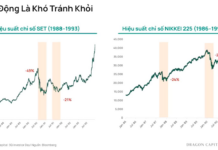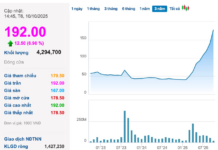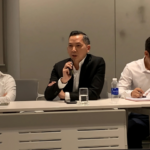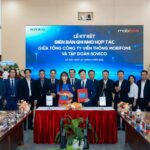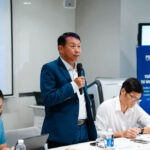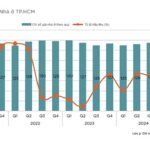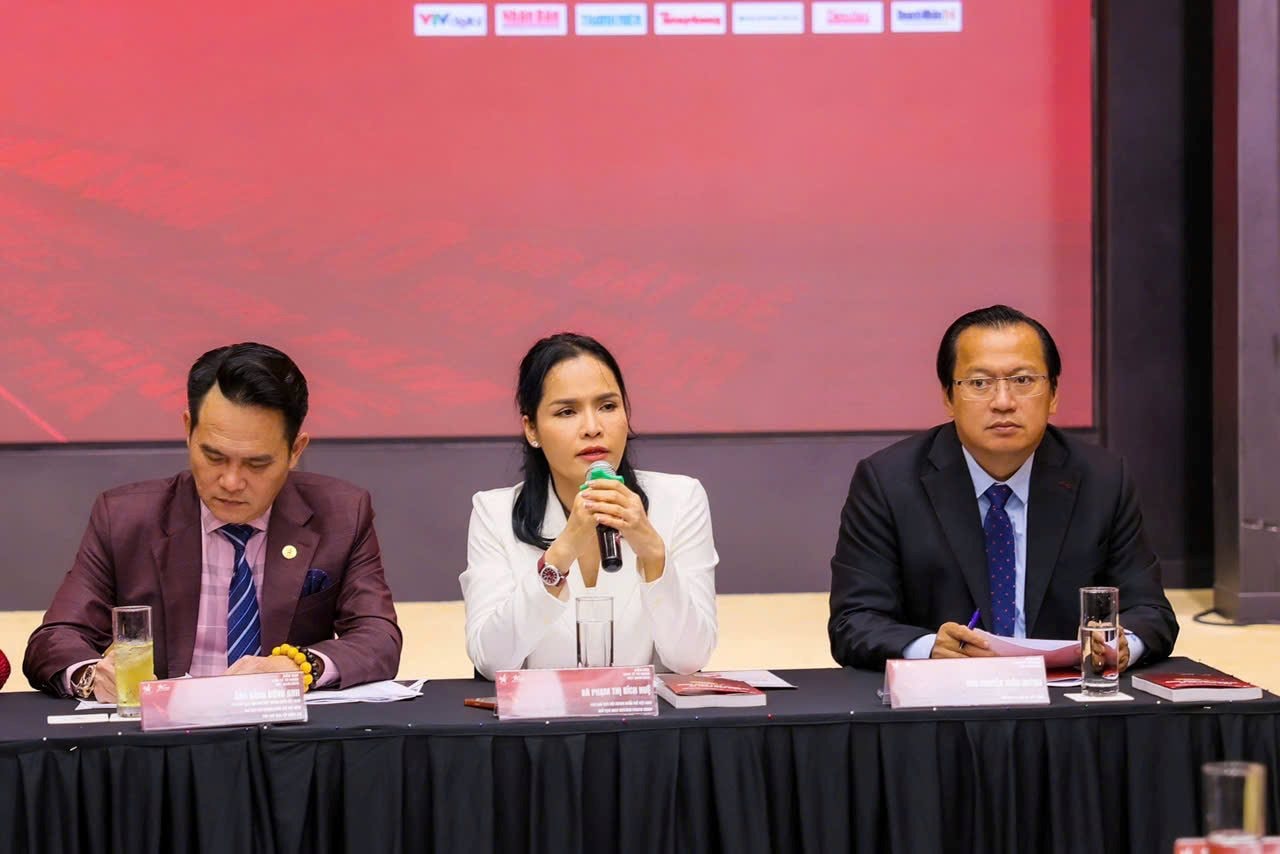
On the afternoon of October 8, 2025, in Hanoi, the Vietnam Young Entrepreneurs Association held a press conference to announce the comprehensive report of the Vietnam Private Sector Forum 2025 (VPSF 2025) and introduced the Training Program for 10,000 CEOs from 2025 to 2030.
The program is specifically designed for leaders and potential core managers within the Vietnam Young Entrepreneurs Association, including:
– Senior Leadership: Chairpersons of the Board, Chief Executive Officers (CEOs), Board Members, Directors, and Senior Management at member companies.
– Mid-Level Managers: Functional directors, heads/deputy heads of departments, units; individuals identified for future leadership roles within the company.
– Next-Generation Leaders: Individuals with management experience and the ambition to become professional CEOs or business leaders in the future.
The program will be implemented over a 5-year period (2025-2030), divided into three phases.
Phase 1, from Q4/2025 to the end of 2026, aims to train the first 1,000 CEOs, focusing on pilot implementation in key cities: Hanoi, Ho Chi Minh City, Da Nang, Hai Phong, and Quang Ninh. This phase will integrate the “One young entrepreneur mentors two new entrepreneurs” model.
Phase 2, from 2027 to the end of 2029, targets training 7,000 CEOs. The successful model from Phase 1 will be scaled nationwide, alongside initiatives to train and coach 5 million individual business owners to transition into formal enterprises.
Phase 3, in 2030, aims to train the final 2,000 CEOs, completing the goal of 10,000 CEOs.
The program’s content closely aligns with the 8 Core Competencies of Modern Leadership, covering business strategy, financial management, human resources, operations, risk management, technology, innovation, and international integration.
Specifically, there will be 8 modules: Corporate Culture, Business Strategy, Human Resources Strategy, Operations Management, Risk & Legal Management, Financial Management, Technology & Innovation, and Partner Networking & M&A.
The program is built on a flexible and sustainable financial model, combining state and socialized resources. Funding will come from two main sources under a public-private partnership model, with a proposed ratio of 50% from the State Budget and 50% from socialized sources.
Socialized sources include tuition fees paid by participants or sponsoring companies. Tuition fees will be flexible, depending on the course and participant profile. The Central Association will determine and announce specific tuition rates. Sponsorship funds will be raised from businesses, corporations, and partner organizations supporting the program.
Ms. Pham Thi Bich Hue, Chairwoman of Western Pacific Corporation, shared insights on the 10,000 CEO Training Program, stating, “The program is designed with a 70% focus on real-world case studies, 20% on mentorship from experienced leaders, and only 10% on theoretical knowledge.”
“We believe that enhancing leadership capabilities is key to boosting the competitiveness of Vietnamese enterprises, contributing to the goal of making the private sector a globally competitive force by 2045,” Ms. Hue added.
“Using the Mindset – Toolset – Skillset approach, we aim to provide participants with not only theoretical knowledge but also practical tools and skills applicable directly in their businesses,” she concluded.
Da Nang Seeks Smart City, Aviation, and Maritime Partnerships in the Netherlands
During their official visit to the Netherlands on October 3-4, the Da Nang City leadership delegation, headed by Chairman of the People’s Council Nguyen Duc Dung, engaged in productive meetings with leading partners in smart urban development, aviation, and maritime infrastructure. These discussions unlocked new international collaboration opportunities for the city’s key strategic projects.
Deputy CEO of VinaCapital: “Industrial Real Estate Should Be Recognized as a National Asset”
“Industrial real estate should be considered a national asset, not merely a business venture,” stated Mr. Trần Thanh Thanh Hải, Deputy General Director in charge of energy and infrastructure at VinaCapital, during the Committee II’s public-private partnership discussion session on the morning of September 29th.
Billionaire Nguyen Thi Phuong Thao Joins Hands with Mobifone Chairman: Deploying 5G for Smart Cities, Airports, and Integrated Smart Camera Infrastructure
On September 29th, MobiFone Telecommunications Corporation and Sovico Group formalized a comprehensive Memorandum of Understanding (MoU). This strategic partnership aims to develop a multi-utility technology and service ecosystem, driving national progress, empowering businesses, and enhancing the lives of Vietnamese citizens.
Proposed $10 Billion Investment for International Maritime Center in Ho Chi Minh City
Vietnam has emerged as one of the most dynamic container transport markets in the region, yet it remains a logistics trade deficit country, with most supporting services provided by foreign entities. In response, private enterprises are advocating for public-private partnerships to transform Ho Chi Minh City into a global maritime hub.
“Female Leaders Share Strategies to Boost Private Economy: From Thai Huong’s Vision for Vietnamese Tea to PNJ Chairwoman Cao Thi Ngoc Dung’s Proposal for a Tourism-Lifestyle Ecosystem”
On September 28th, the 4th Committee on Resource Development and Services convened in Ho Chi Minh City. This meeting marks a pivotal step in ViPEL’s efforts to materialize the directives outlined in Resolution 68-NQ/TW, which focuses on private sector economic development. The initiative aims to transition from a “request-grant” mechanism to a “Public-Private Co-Nation Building” model, where businesses and the government collaboratively design strategies and execute them together.



















